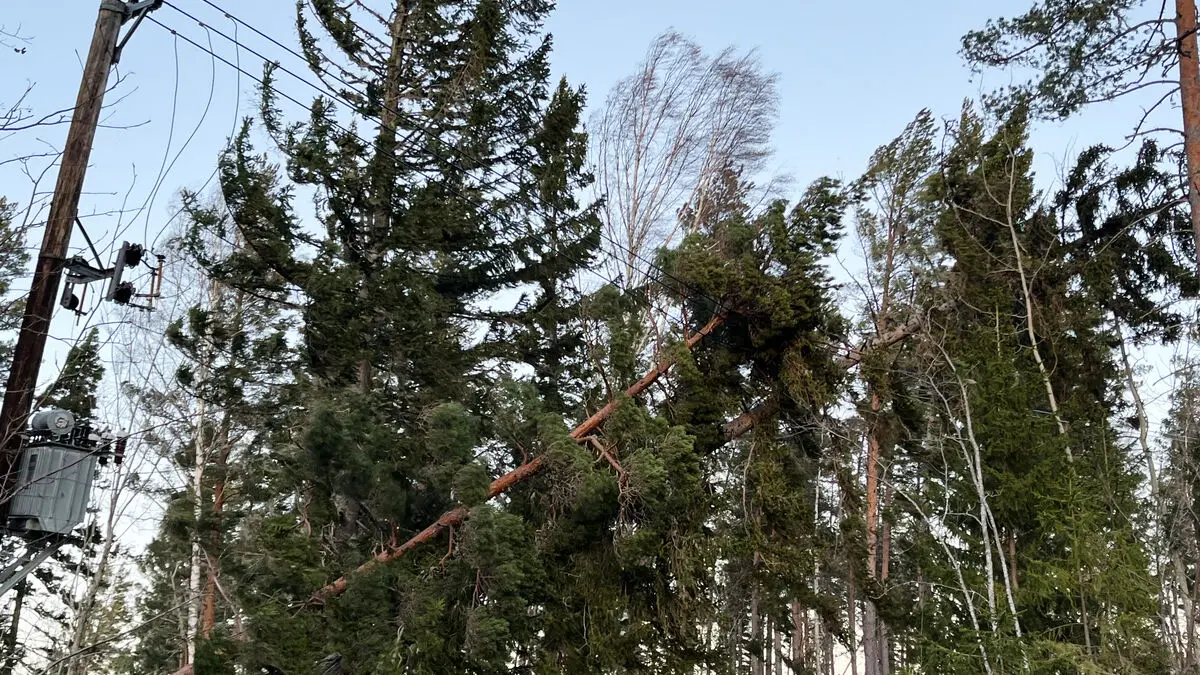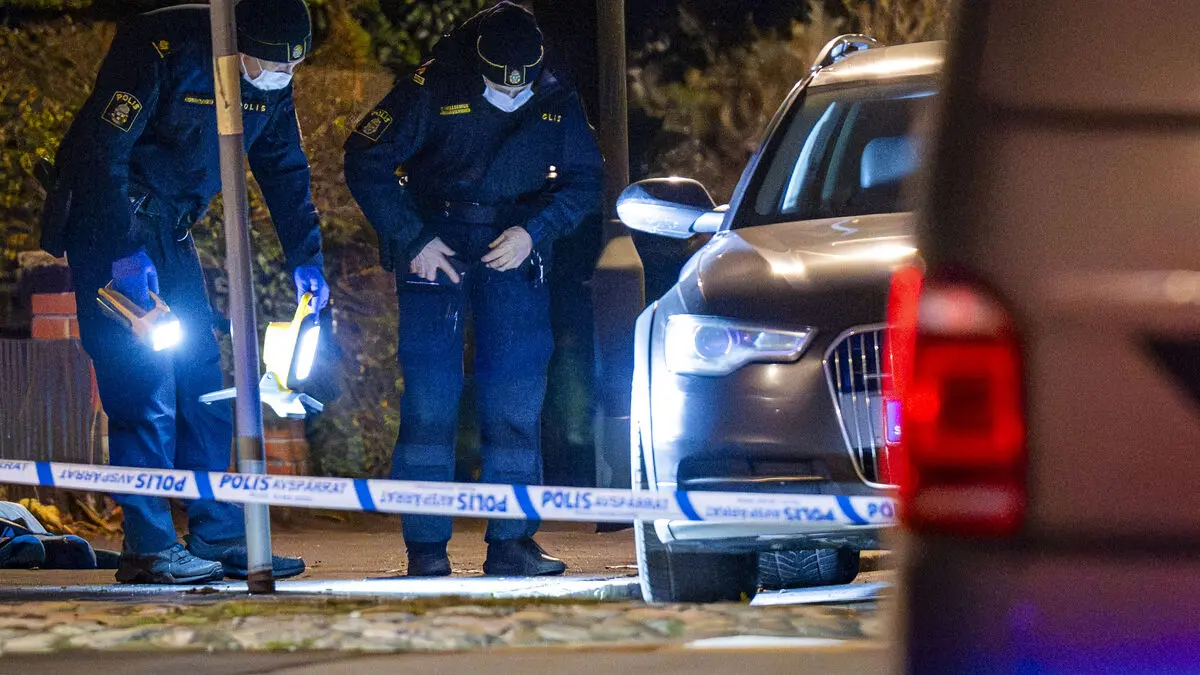Six authorities are tasked with strengthening the ability to quickly detect and respond to disruptions to critical infrastructure in the Baltic Sea, following several high-profile cable breaks.
It must be quick between detection and implemented action, says Bohlin.
At least five vessels are suspected of causing damage to underwater cables in the Baltic Sea since 2023, which has sparked speculation about sabotage from foreign powers.
In December, Finland received praise for quickly forcing a suspected vessel back to Finnish waters and boarding it.
Pressure on private actors
This can be compared to Sweden's actions in the case of the vessel Yi Peng 3, where it took a month before Swedish authorities were able to board.
A few weeks later, Sweden was quicker and took in another suspected vessel in a Swedish port – but more needs to be done, according to Bohlin.
The goal is to significantly shorten the time for both detection and reporting.
If we have suspected vessels, it is of great importance to be able to take action directly in connection with the incident. If you start doing it a day later, the conditions deteriorate significantly.
But Bohlin also wants to put pressure on the companies that sometimes own and operate the cables.
It may become relevant to impose increased demands on the private actors, he says.
The authorities will return with legislative proposals if they perceive that they do not have the tools needed.
Want situational awareness
The six authorities receiving the task are the Swedish Agency for Emergency Management, the Swedish Energy Agency, Svenska kraftnät, the Swedish Post and Telecom Authority, the police, and the Coast Guard.
The task is to be reported by June 25, and after that, the idea is for the authorities to work in the new way and be faster.
The task also includes creating a national situational awareness of the development of disruptions in the Baltic Sea.





